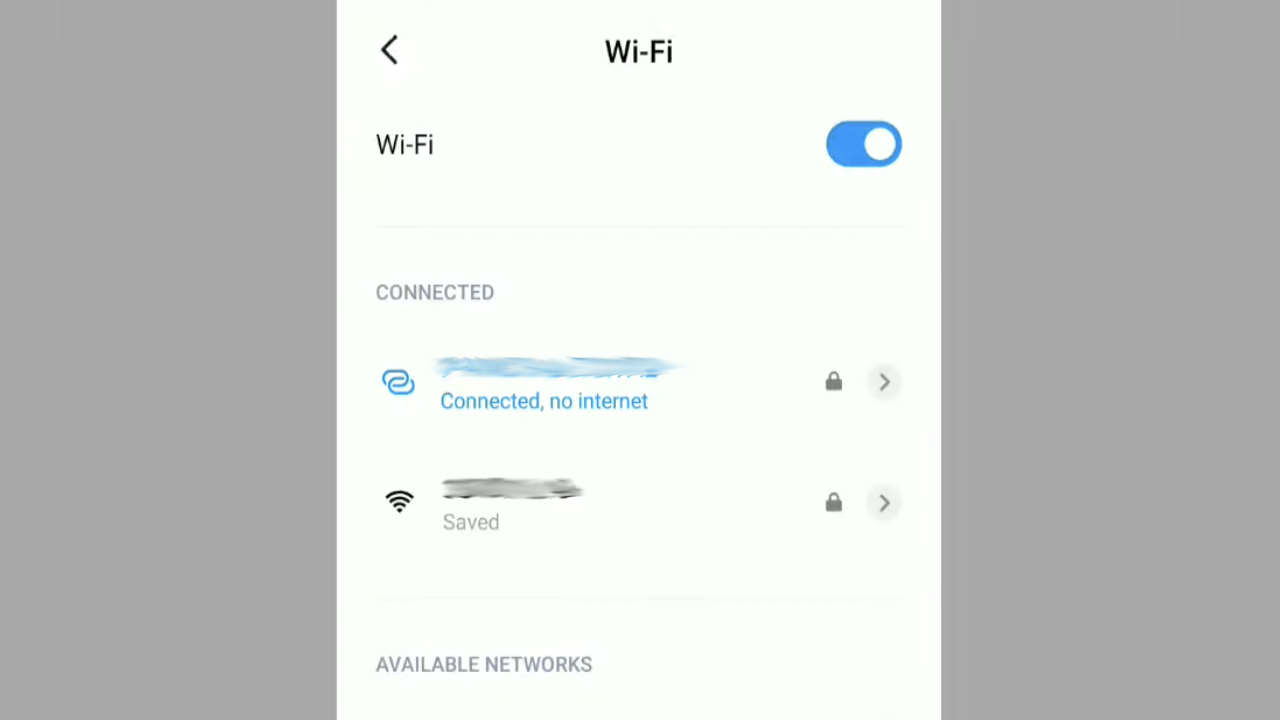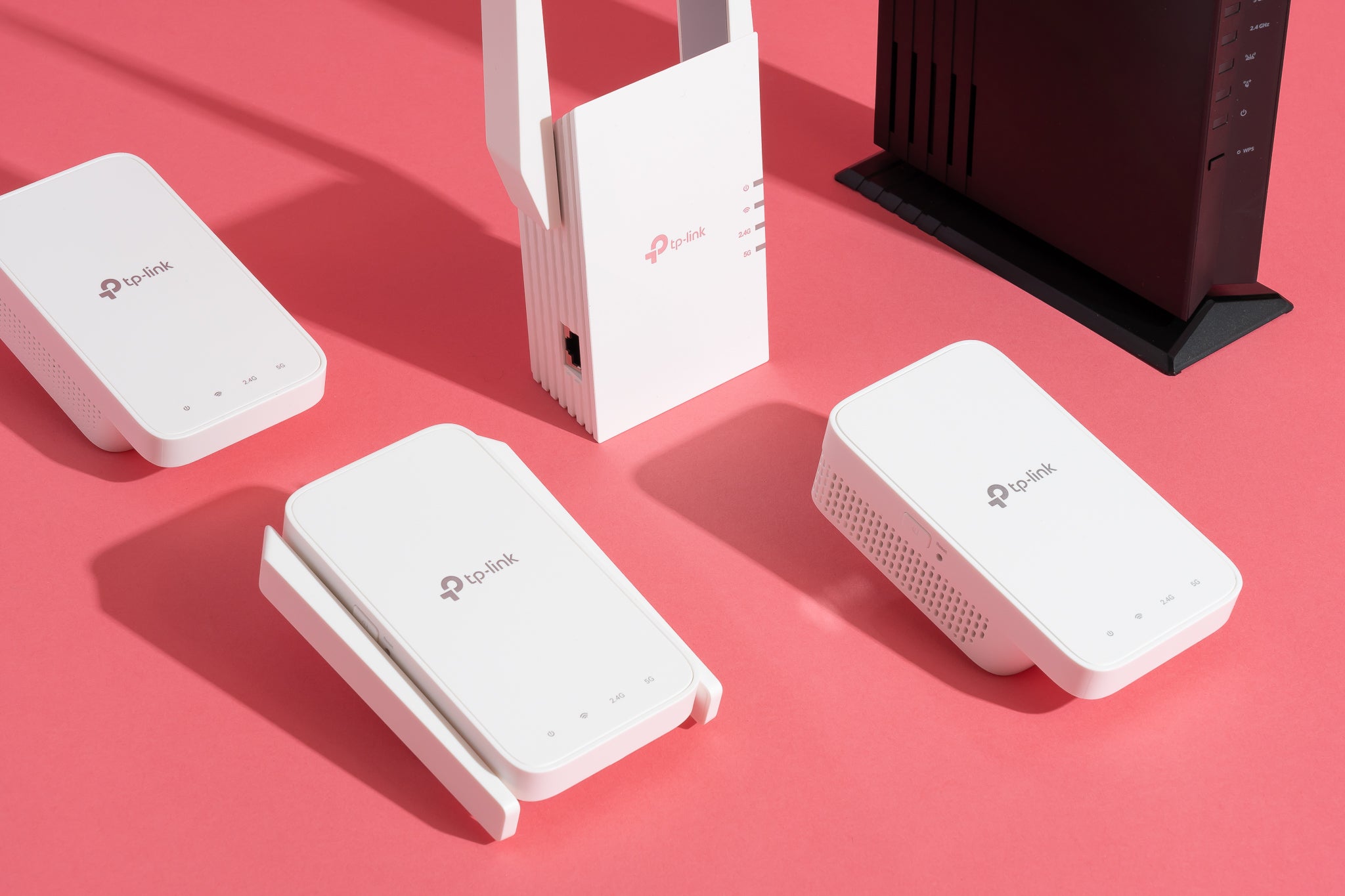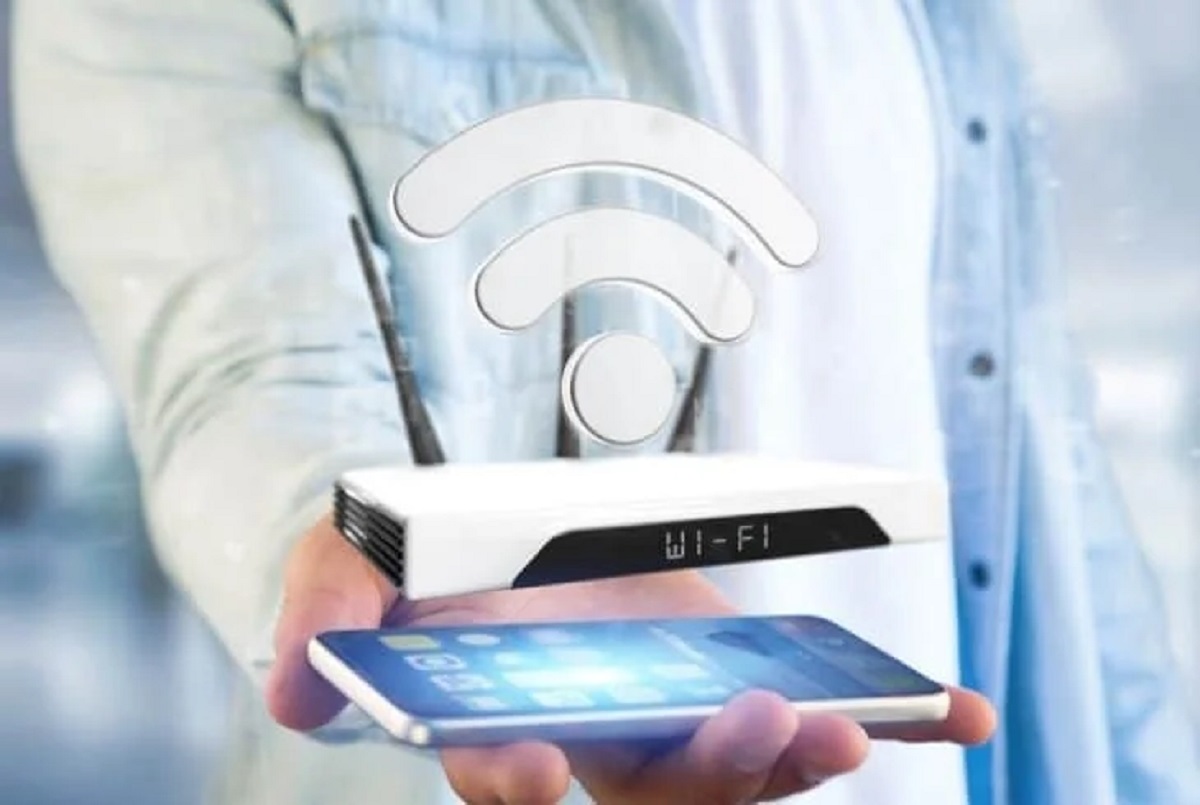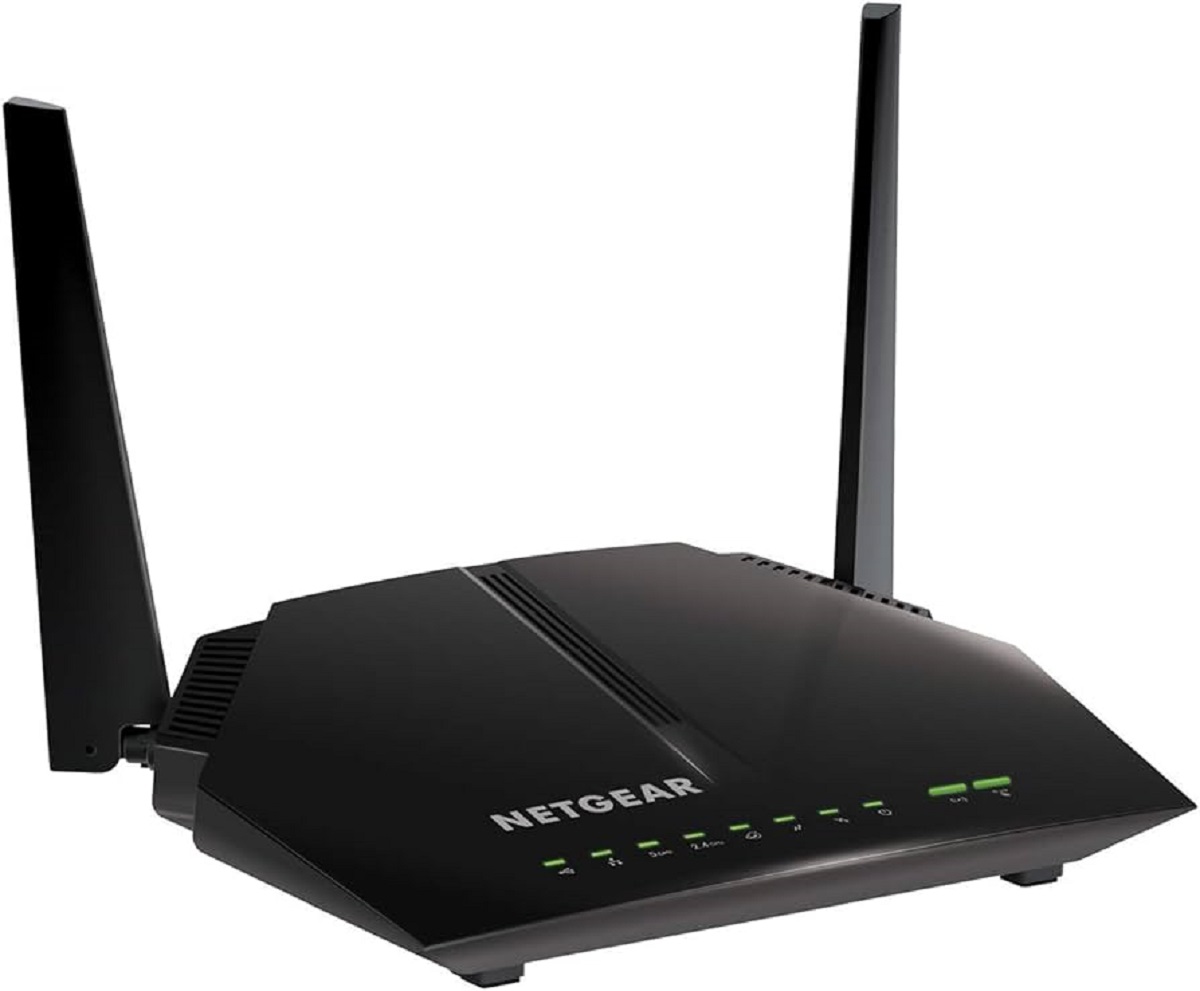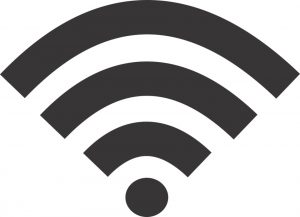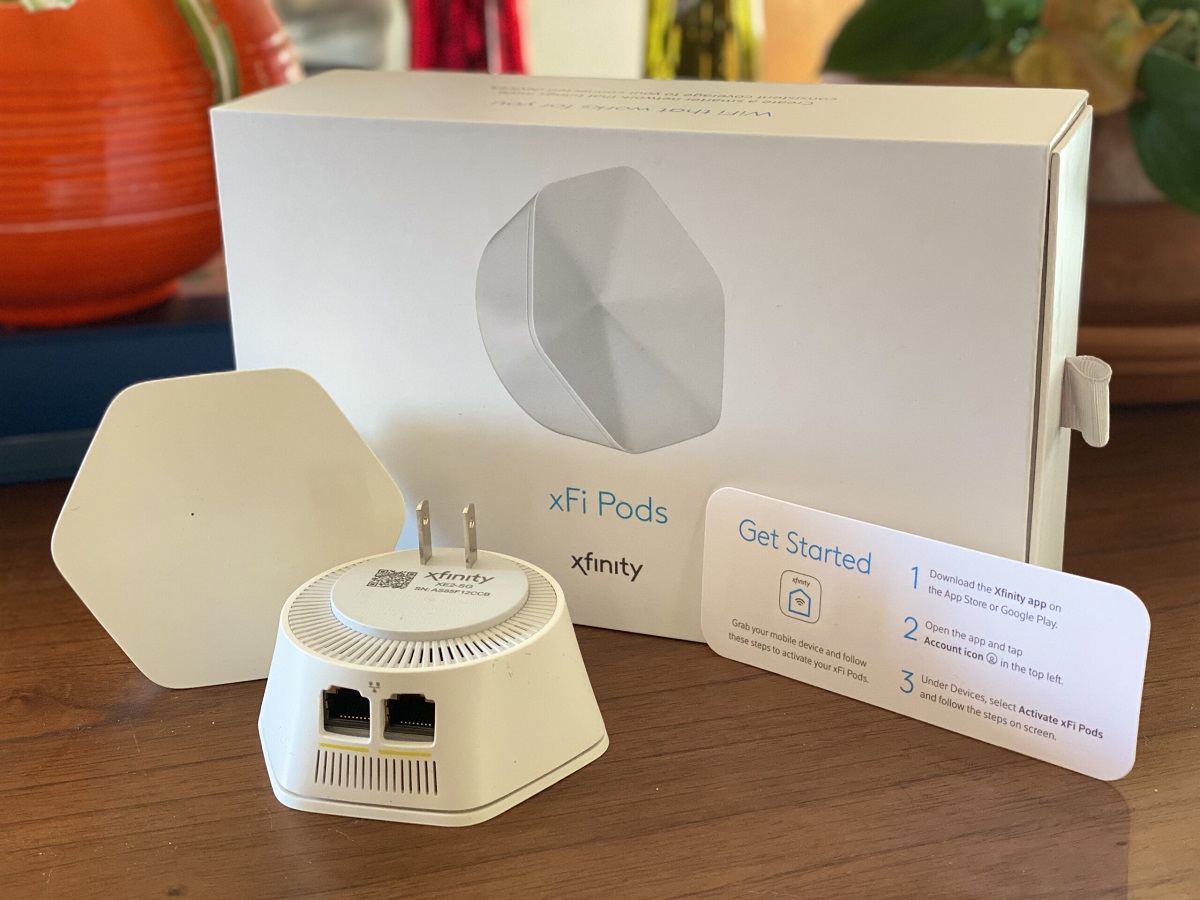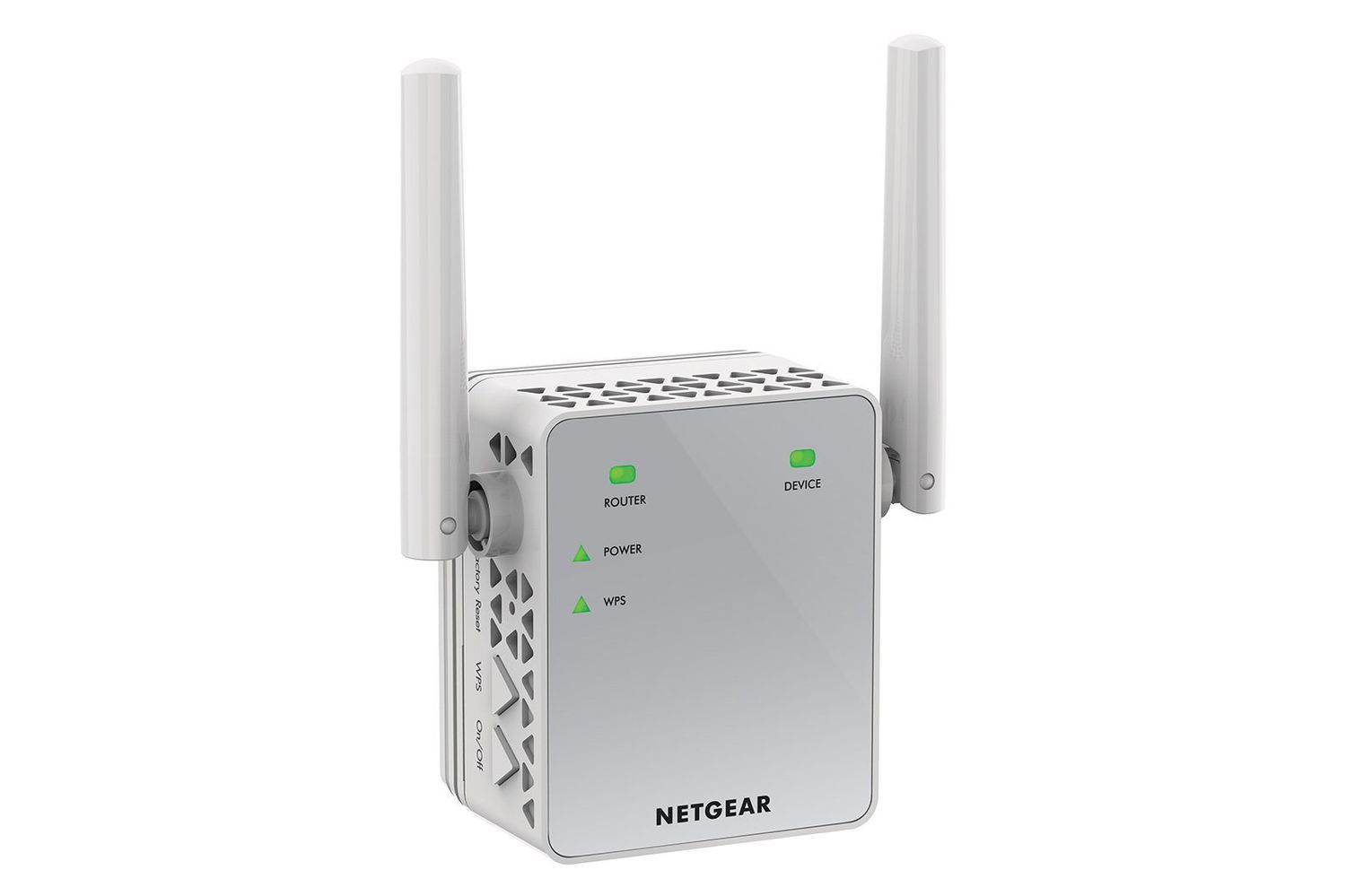Introduction
Having a stable and reliable internet connection is essential in today’s digital age. It allows us to stay connected, work remotely, stream our favorite shows, and communicate with loved ones. So, it can be incredibly frustrating when our Wi-Fi suddenly displays the dreaded “No Internet” message. This perplexing error can leave us feeling helpless and disconnected from the online world.
When your Wi-Fi says “No Internet,” it means that your device is unable to establish a connection to the internet, even though it is connected to your Wi-Fi network. This can happen for a variety of reasons, ranging from technical issues with your modem or router, to problems with your network settings or ISP.
In this article, we will explore the possible causes of the “No Internet” Wi-Fi error and provide a step-by-step guide to troubleshooting and resolving the issue. Whether you are experiencing this problem on your smartphone, tablet, or computer, we’ve got you covered with practical solutions that can get you back online in no time.
It’s worth noting that troubleshooting your Wi-Fi connection requires some basic technical knowledge. However, don’t worry if you’re not a tech expert – we will explain each step in a user-friendly manner to ensure you can follow along easily. So, let’s dive into the possible causes and solutions for the frustrating “No Internet” Wi-Fi error.
What Does it Mean When Wi-Fi Says No Internet?
When you encounter the error message “No Internet” on your Wi-Fi, it indicates that your device is connected to your Wi-Fi network, but it is unable to establish a connection to the internet. Essentially, your device is unable to communicate with the servers that provide internet access, which can be a frustrating experience.
There are several possible reasons why your Wi-Fi may display this error message. One common cause is an issue with your modem or router. Sometimes, these devices can encounter technical glitches or experience connectivity problems that prevent them from establishing an internet connection. In other cases, the problem may lie with your network settings, which could be misconfigured or outdated.
Another potential cause of the “No Internet” error is outdated or faulty Wi-Fi adapter drivers. Wi-Fi adapters are responsible for connecting your device to the Wi-Fi network, and if the drivers are outdated or malfunctioning, it can lead to connectivity issues and the “No Internet” message.
Furthermore, signal strength and interference can also play a role in this error. If the Wi-Fi signal strength is weak or if there is interference from other devices or objects, your device may struggle to establish a reliable connection to the internet.
Lastly, it’s worth considering that the problem may not always be within your control. Sometimes, the “No Internet” error may be caused by issues with your internet service provider (ISP). If there is a service outage or maintenance work happening in your area, it can temporarily disrupt your internet connection, leading to the error message.
Understanding the different causes of the “No Internet” Wi-Fi error is crucial in effectively troubleshooting and resolving the issue. In the following sections, we will provide detailed steps to help you identify and solve the problem. By following these solutions, you can regain access to the internet and eliminate the frustration of encountering the “No Internet” error on your Wi-Fi.
Possible Causes of “No Internet” Wi-Fi Error
The “No Internet” Wi-Fi error can occur due to various factors. Understanding these possible causes can help you diagnose and resolve the issue more effectively. Here are some of the common reasons why you might be experiencing the “No Internet” error on your Wi-Fi:
1. Modem or router issues: Technical glitches or connectivity problems with your modem or router can prevent your device from establishing an internet connection. These issues can range from hardware malfunctions to outdated firmware.
2. Network settings: Misconfigured or outdated network settings on your device can interfere with your Wi-Fi connectivity, leading to the “No Internet” error. This can include incorrect DNS settings, IP conflicts, or firewall settings blocking your internet access.
3. Wi-Fi adapter driver problems: Outdated or faulty Wi-Fi adapter drivers can cause connectivity issues and result in the “No Internet” error. It’s important to keep your drivers up to date to ensure smooth and uninterrupted internet access.
4. Signal strength and interference: If the Wi-Fi signal strength is weak or if there is interference from other devices or objects, your device may struggle to establish a stable connection to the internet. Distance from the router, obstacles, and electromagnetic interference can impact your signal strength.
5. Internet service provider (ISP) issues: Sometimes, the “No Internet” error may be caused by problems with your ISP. Network outages, service disruptions, or maintenance work in your area can temporarily interrupt your internet access and display the error message.
Identifying the underlying cause of the “No Internet” Wi-Fi error is essential in finding an appropriate solution. In the next section, we will provide step-by-step troubleshooting methods to help you resolve this frustrating issue and regain internet connectivity on your device.
How to Troubleshoot the “No Internet” Wi-Fi Issue
Dealing with the “No Internet” Wi-Fi error can be frustrating, but fear not – there are several troubleshooting steps you can take to resolve the issue. Follow the methods outlined below to get your Wi-Fi connection back up and running:
1. Restart Your Modem and Router: Begin by turning off your modem and router. Wait for a few minutes, then turn them back on. This can often resolve temporary connectivity issues and restore your internet connection.
2. Check Your Wi-Fi Network Settings: Ensure that your device is connected to the correct Wi-Fi network and that the network settings are correct. Double-check the SSID (network name) and password, and try reconnecting to the network.
3. Update Your Wi-Fi Adapter Drivers: Outdated or faulty Wi-Fi adapter drivers can cause connectivity problems. Visit the manufacturer’s website for your device or adapter and download the latest drivers. Install them and restart your device to see if it resolves the “No Internet” error.
4. Reset Your Network Settings: Resetting your network settings can often fix configuration issues. On your device, navigate to the network settings and look for an option to reset or restore the network settings. Note that this will remove any saved Wi-Fi networks, so be prepared to reconnect to them afterward.
5. Check for Interference or Signal Strength Issues: Ensure that there are no physical obstacles blocking your Wi-Fi signal and that you are within a reasonable range of the router. Additionally, try switching to a different Wi-Fi channel on your router to mitigate potential interference from other devices.
6. Contact Your Internet Service Provider (ISP): If none of the above solutions work, it’s possible that there may be an issue with your internet service provider. Contact their customer support and inquire if there are any known outages or technical problems in your area. They may be able to provide further assistance and resolve the “No Internet” Wi-Fi error.
By following these troubleshooting methods, you can increase your chances of resolving the “No Internet” Wi-Fi error and restoring your internet connectivity. If the issue persists, it may be worth seeking professional help or contacting a technician who can diagnose and fix any underlying technical problems.
Solution 1: Restart Your Modem and Router
One of the simplest and most effective solutions to resolve the “No Internet” Wi-Fi error is to restart your modem and router. This method helps to clear temporary glitches and reestablish the connection between your devices and the internet. Here’s how you can restart your modem and router:
1. Power off your modem and router: Locate the power buttons on your modem and router and switch them off. Alternatively, you can unplug the power cords from the electrical outlet.
2. Wait for a few minutes: Give your modem and router some time to fully power down. Wait for at least 30 seconds to 1 minute before proceeding to the next step.
3. Power on your modem: Plug the power cord back into the modem and turn it on. Wait for the lights on the modem to stabilize, indicating that it has fully powered up and established a connection with your internet service provider.
4. Power on your router: If your router is separate from your modem, plug the power cord back into the router and turn it on. Just like the modem, wait for the router’s lights to stabilize, indicating that it is fully operational.
5. Reconnect your devices: Once both the modem and router are powered on and connected to the internet, reconnect your devices to the Wi-Fi network. Follow the usual steps to connect to your Wi-Fi network and enter the password if prompted.
Restarting your modem and router can often resolve temporary connectivity issues and restore your internet connection. It allows the devices to reset and establish a fresh connection with your ISP, which can fix any minor glitches that may have been causing the “No Internet” Wi-Fi error.
If after restarting your modem and router the error still persists, you may need to explore other troubleshooting methods outlined in this article. Don’t worry, there are additional steps you can take to resolve the issue and get your Wi-Fi back up and running. Let’s move on to the next solution in our quest to fix the “No Internet” Wi-Fi error.
Solution 2: Check Your Wi-Fi Network Settings
When encountering the “No Internet” Wi-Fi error, it is essential to verify and ensure that your network settings are correctly configured. Incorrect or outdated network settings can lead to connectivity issues and prevent your device from accessing the internet. Follow these steps to check and adjust your Wi-Fi network settings:
1. Verify Wi-Fi Connection: Ensure that your device is connected to the correct Wi-Fi network. Sometimes, your device may automatically connect to a nearby network with a stronger signal, leading to the “No Internet” error. Open your device’s Wi-Fi settings and ensure that you are connected to the correct network.
2. Double-Check Network Password: In some cases, an incorrect Wi-Fi password can prevent your device from accessing the internet. Confirm that you are entering the correct password when connecting to your Wi-Fi network. If you’re unsure, you can try forgetting the network and reconnecting, entering the password carefully.
3. Check DNS Settings: DNS (Domain Name System) is responsible for translating domain names into IP addresses. Incorrect DNS settings can cause internet connectivity issues. Configure your device to use automatic DNS settings or manually set them to a reliable DNS server like Google DNS (8.8.8.8 and 8.8.4.4) or OpenDNS (208.67.222.222 and 208.67.220.220).
4. Verify IP Settings: IP (Internet Protocol) conflicts can disrupt your Wi-Fi connection. Configure your device to obtain IP settings automatically, as DHCP (Dynamic Host Configuration Protocol) will assign the necessary IP address and prevent conflicts with other devices on your network.
5. Check Firewall Settings: Your device’s firewall settings could be blocking internet access. Temporarily disable your firewall and check if the “No Internet” error persists. If the error disappears, adjust your firewall settings to allow the necessary connections for internet access.
By reviewing and adjusting your Wi-Fi network settings, you can eliminate misconfigurations that may be causing the “No Internet” error. After making any changes, reconnect to your Wi-Fi network and test if the issue is resolved. If the error persists, continue to the next solution to explore further troubleshooting options.
Solution 3: Update Your Wi-Fi Adapter Drivers
Outdated or faulty Wi-Fi adapter drivers can often be the reason behind the “No Internet” Wi-Fi error. Wi-Fi adapter drivers facilitate the connection between your device and the Wi-Fi network. If these drivers are outdated or malfunctioning, it can cause connectivity issues and prevent you from accessing the internet. Follow these steps to update your Wi-Fi adapter drivers:
1. Identify your Wi-Fi adapter: Determine the model and manufacturer of your Wi-Fi adapter. You can usually find this information in the device manager on your computer or by checking the product specifications of your smartphone or tablet.
2. Visit the manufacturer’s website: Once you have identified your Wi-Fi adapter, visit the manufacturer’s website for the latest driver version. Look for a support or downloads section where you can find the drivers specific to your adapter model and operating system.
3. Download and install the latest drivers: Download the appropriate drivers for your Wi-Fi adapter from the manufacturer’s website. Make sure to choose the correct version for your operating system. Follow the installation instructions provided by the manufacturer to install the drivers on your device.
4. Restart your device: After installing the new drivers, restart your device to ensure the changes take effect. This will help your device recognize and utilize the updated drivers for the Wi-Fi adapter.
5. Reconnect to your Wi-Fi network: Once your device has restarted, reconnect to your Wi-Fi network and check if the “No Internet” error persists. It is also a good idea to forget the network and reconnect to establish a fresh connection with the newly installed drivers.
Updating your Wi-Fi adapter drivers can often resolve connectivity issues and eliminate the “No Internet” error. By ensuring that you have the latest drivers installed, you can ensure compatibility and optimal performance with your Wi-Fi network. If this solution does not fix the issue, proceed to the next troubleshooting step to explore additional solutions.
Solution 4: Reset Your Network Settings
Resetting your network settings can be an effective solution to fix the “No Internet” Wi-Fi error. This process clears any misconfigurations or outdated settings that might be causing connectivity issues. Here’s how you can reset your network settings:
1. Navigate to network settings: Access the network settings on your device. On a computer, you can usually find this in the Control Panel or System Preferences. On a smartphone or tablet, look for the network settings in the settings menu.
2. Locate the network reset option: Look for an option that allows you to reset or restore the network settings. Depending on your device, it may be labeled as “Network Reset,” “Reset Network Settings,” or something similar. Take note that performing a network reset will remove any saved Wi-Fi networks, so be prepared to reconnect afterward.
3. Confirm the network reset: Before proceeding, the device will typically prompt you to confirm the network reset action. This step is crucial as it will erase all network-related configurations and settings.
4. Perform the network reset: Once you have confirmed, proceed with the network reset. The device will start the process of resetting the network settings to their default state.
5. Reconnect to Wi-Fi: After the network reset is complete, reconnect to your Wi-Fi network. Enter the password if necessary and check if the “No Internet” error is resolved.
Resetting your network settings can often resolve underlying configuration issues that may have been causing the “No Internet” error. It provides a fresh start and allows your device to establish a new connection with the network. However, keep in mind that performing a network reset will remove any custom configurations, such as static IP addresses or DNS settings. Make sure to take note of any specific settings you may need to reconfigure later.
If the “No Internet” error persists after resetting your network settings, there are further troubleshooting steps to explore. Proceed to the next solution to continue troubleshooting and resolving the issue.
Solution 5: Check for Interference or Signal Strength Issues
Weak Wi-Fi signal or interference can contribute to the “No Internet” Wi-Fi error. Physical obstacles, distance from the router, and nearby electronic devices can all impact signal strength and cause connectivity issues. Follow these steps to check for interference or signal strength issues:
1. Check router placement: Ensure that your router is positioned in a central location, away from obstructions like walls or large objects. Optimal placement can help improve signal strength and reduce the chances of interference.
2. Reduce interference: Move electronic devices and appliances away from the router that may be causing interference. Devices like cordless phones, microwaves, and baby monitors can disrupt the Wi-Fi signal. Try to keep these devices away from your router or switch to devices that operate on different frequencies.
3. Switch Wi-Fi channels: Routers operate on different channels, and overcrowding on a specific channel can cause signal overlap and interference. Access your router’s configuration settings and try switching to a different Wi-Fi channel to improve signal quality.
4. Improve Wi-Fi signal strength: If you’re experiencing a weak signal, there are several methods to boost Wi-Fi signal strength. You can try moving closer to the router, using a Wi-Fi range extender or repeater, or installing additional access points in larger spaces to ensure better coverage.
5. Consider a wired connection: If Wi-Fi signal issues persist, you might want to consider using a wired connection. Ethernet cables provide a stable and reliable connection and can eliminate the uncertainties that come with wireless connectivity.
Checking for interference or signal strength issues can help improve Wi-Fi connectivity and resolve the “No Internet” error. By optimizing your Wi-Fi signal and minimizing interference, you can ensure a stronger and more stable connection. If the error remains unresolved, let’s move on to the next solution to explore further troubleshooting options.
Solution 6: Contact Your Internet Service Provider (ISP)
If you have tried the previous solutions and are still experiencing the “No Internet” Wi-Fi error, it may be time to reach out to your internet service provider (ISP) for assistance. There could be a problem with your internet connection that is beyond your control and requires professional attention. Here’s what you can do:
1. Contact your ISP: Locate the contact information for your ISP. This can usually be found on their website or on your billing statement. Reach out to them via phone, email, or their online chat support to report the “No Internet” Wi-Fi issue.
2. Describe the problem: Explain the issue to the customer support representative. Mention that you are experiencing the “No Internet” error on your Wi-Fi network despite other devices connecting without any issues.
3. Follow their instructions: The ISP representative may ask you to perform a few troubleshooting steps on your end to rule out any local issues. They may also run diagnostics on their end to check the connectivity to your modem or router.
4. Ask about potential outages or maintenance: Inquire whether there are any known outages or maintenance work happening in your area. This information can help determine if the “No Internet” error is related to a larger issue that the ISP is already aware of.
5. Request a technician visit: If the troubleshooting attempts and communication with the ISP do not resolve the issue, you can request a technician visit to your location. They will be able to diagnose any problems with the physical connection or other factors that may be causing the “No Internet” error.
Your ISP is dedicated to providing reliable internet service, and they will work with you to resolve any connectivity issues you are experiencing. By contacting them and reporting the “No Internet” Wi-Fi error, you can ensure that the appropriate steps are taken to investigate and rectify the problem.
Keep in mind that ISP support may have specific operating hours, so you may need to reach out during their designated support hours. Patience and clear communication will help streamline the troubleshooting process and lead to a resolution for your Wi-Fi connectivity issue.
Conclusion
Encountering the “No Internet” Wi-Fi error can be frustrating, but with the right troubleshooting steps, you can resolve the issue and regain your internet connectivity. From restarting your modem and router to updating Wi-Fi adapter drivers, checking network settings, and addressing signal strength issues, there are several solutions to consider.
By identifying and addressing possible causes such as technical glitches, misconfigured settings, driver issues, interference, or signal strength problems, you can overcome the “No Internet” error and enjoy a stable connection. In cases where the issue persists despite your efforts, contacting your ISP and seeking their assistance can help resolve any underlying problems with your internet connection.
Remember, each solution presented in this article serves as a step towards troubleshooting and resolving the “No Internet” Wi-Fi error. It may take a combination of these solutions to find the one that works for your specific situation. Be patient, and don’t hesitate to seek further assistance if needed.
Now that you have a comprehensive understanding of the possible causes and solutions for the “No Internet” Wi-Fi error, you can approach this issue with confidence. Put these troubleshooting steps into action, keep your network settings up to date, and take measures to ensure a strong and reliable Wi-Fi connection. With these strategies in place, you can minimize connectivity issues and enjoy uninterrupted online experiences.







